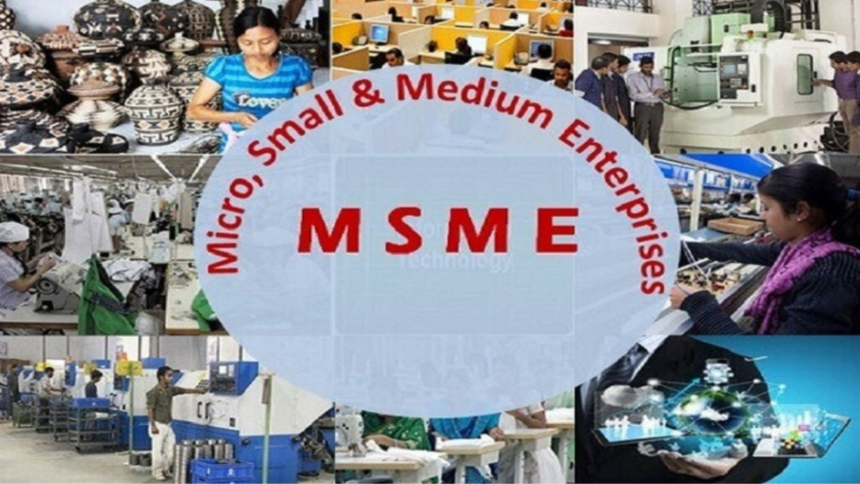The Micro, Small, and Medium Enterprises (MSMEs) sector in India has emerged as a crucial contributor to the country’s economic growth. With its significant role in employment generation, innovation, and entrepreneurship, understanding the business structure of Indian MSMEs becomes essential. This article delves into the various aspects of MSMEs’ business structure, providing valuable insights and shedding light on their significance in the Indian economy.
Definition and Classification:
MSMEs are categorized based on their investment in plant and machinery or equipment for manufacturing enterprises and investment in equipment for service enterprises. The classification is as follows:
Micro Enterprises: Investment up to Rs. 1 crore
Small Enterprises: Investment between Rs. 1 crore and Rs. 10 crore
Medium Enterprises: Investment between Rs. 10 crore and Rs. 50 crore
Role in Employment Generation:
MSMEs play a crucial role in employment generation, providing opportunities to millions of people across the country. According to data, the MSME sector contributes significantly to employment, employing more than 110 million individuals. This sector is known for its ability to create jobs at both urban and rural levels, contributing to inclusive growth.
Contribution to GDP:
The MSME sector is a key driver of India’s GDP growth. It contributes around 29% to the country’s GDP, showcasing its substantial impact on the overall economy. The growth and development of MSMEs are closely linked to the country’s economic progress, making it a crucial sector to focus on.
Challenges Faced by MSMEs:
Despite their significant contribution, MSMEs face several challenges that hinder their growth and sustainability. These challenges include limited access to finance, technological constraints, inadequate infrastructure, lack of skilled labor, and compliance-related burdens. Addressing these challenges is essential to unleash the full potential of MSMEs.
Government Initiatives and Support:
Recognizing the importance of MSMEs, the Indian government has implemented various initiatives and policies to support their growth and development. Initiatives such as the “Make in India” campaign, Digital India, and the Atmanirbhar Bharat Abhiyan aim to boost the MSME sector by providing access to finance, improving ease of doing business, encouraging innovation, and promoting entrepreneurship.
The business structure of Indian MSMEs is a vital component of the country’s economic landscape. These enterprises contribute significantly to employment generation, GDP growth, and overall development. However, they face numerous challenges that require attention and support from various stakeholders. By addressing these challenges and providing a conducive environment for MSMEs to thrive, India can unleash the true potential of this sector and propel the nation towards sustainable economic growth.
In conclusion, the Indian MSME sector deserves careful consideration and support. Recognizing its immense potential and addressing the challenges it faces will pave the way for a robust and inclusive economy. By fostering an enabling environment for MSMEs to flourish, India can unlock a new era of innovation, job creation, and entrepreneurial success.



